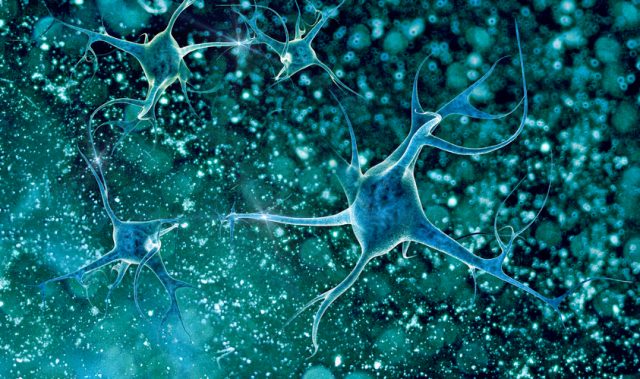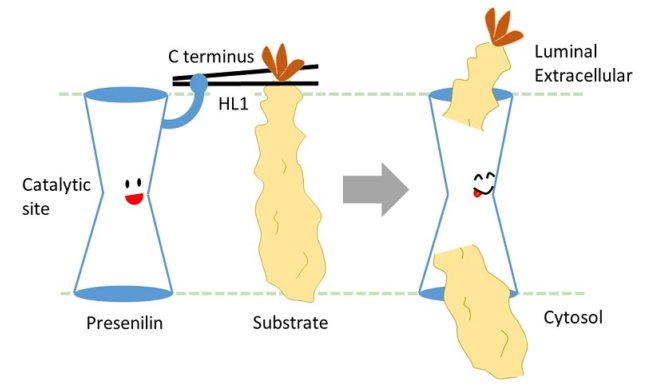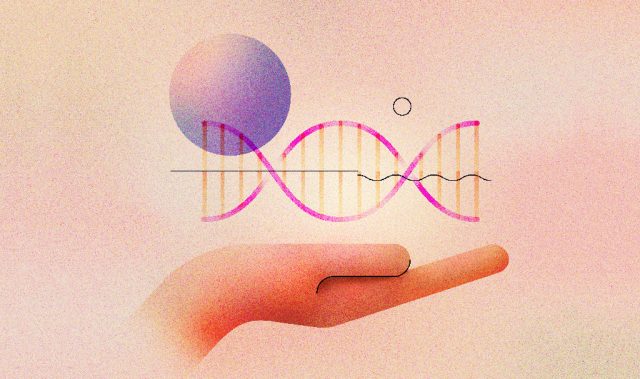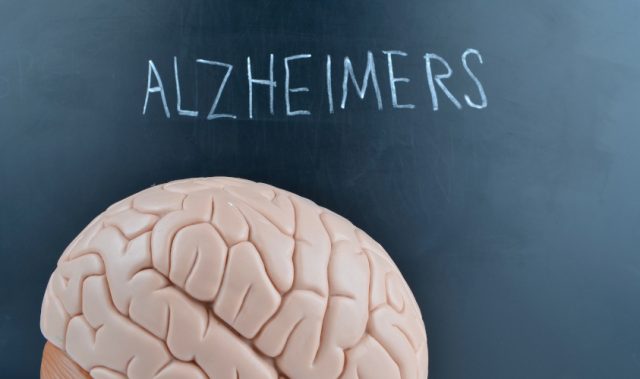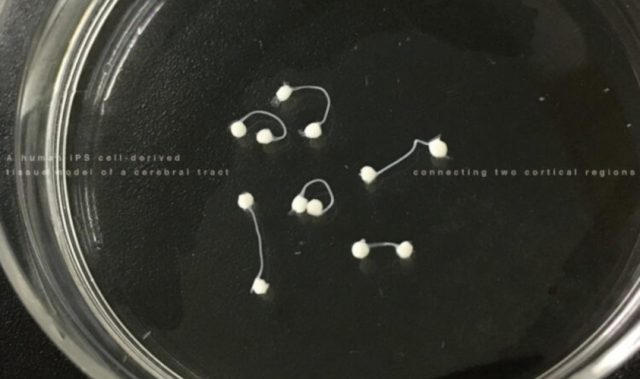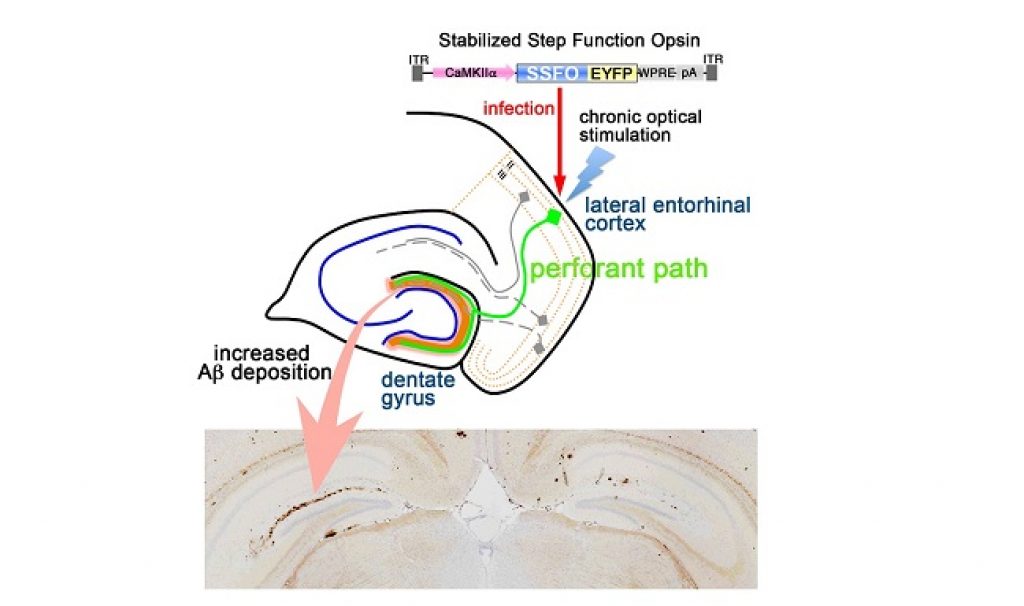
AsianScientist (May 8, 2015) – Researchers have discovered that neuronal activity augments the accumulation of amyloid β that is observed in the brains of patients with Alzheimer’s disease (AD). Their results have been published in the journal Cell Reports.
The accumulation of deposits of a protein fragment termed amyloid β is thought to be the cause of the development of dementia in AD brains. Neurons in the brain are connected through junctions termed synapses and function by transmitting electrical activity (i.e., neuronal activation). However, the relationship between neuronal activity and amyloid β deposition has not been fully elucidated.
A team led by Professor Takeshi Iwatsubo from the University of Tokyo increased the activity of a neuronal pathway projecting to the hippocampus in the brains of AD model mice for five months. They found that amyloid β deposition increased in the hippocampus as a result of the stimulation. This study was made possible by the use of a optogenetics which enabled the control of neuronal activity using light.
The result of this present study is significant in that it demonstrates for the first time that amyloid β deposition causative to AD is augmented by chronic neuronal hyperactivation. In the future, this research may provide clues to strategies for prevention and treatment of AD through modulation of neuronal activity.
The article can be found at: Yamamoto et al. (2015) Chronic Optogenetic Activation Augments Aβ Pathology In A Mouse Model Of Alzheimer Disease.
———
Source: The University of Tokyo.
Disclaimer: This article does not necessarily reflect the views of AsianScientist or its staff.




